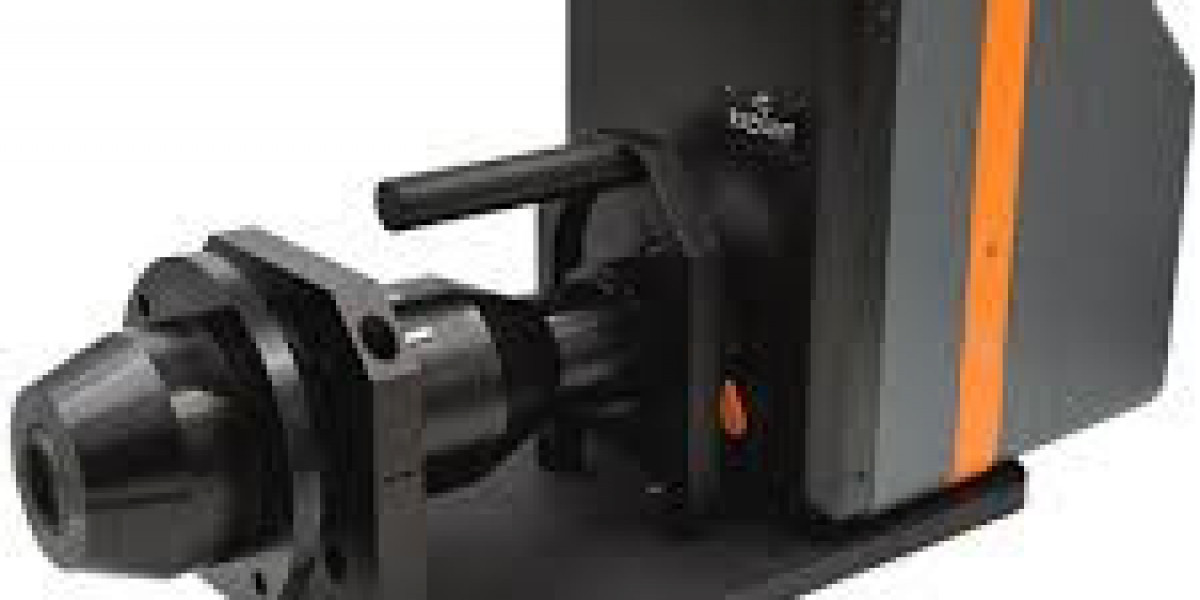When display engineers face inconsistent brightness or color readings, they often blame the software, calibration, or sensors. But the real culprit is usually the conoscope lens.
This specialized optical component determines how accurately an imaging system captures angular luminance distribution. If the conoscope lens isn’t properly aligned or built with optical precision, display measurements become unreliable. In this article, we’ll uncover how a precision conoscope lens impacts accuracy, consistency, and quality in optical testing and AR/VR applications.
1. What a Conoscope Lens Actually Does
A conoscope lens captures light emitted from a display over a specific angular range and maps it to the imaging sensor. It enables measurement of parameters like:
Viewing angle distribution
Luminance uniformity
Color variation
Contrast ratio
In simpler terms, it transforms light from multiple directions into a single, analyzable pattern. Without it, optical systems cannot accurately interpret angular brightness or color consistency.
2. How Poor Lenses Distort Display Test Results
Low-quality conoscope lenses often introduce subtle but serious errors. Some common issues include:
Optical aberrations: Imperfect curvature or polishing scatters light unevenly.
Chromatic distortion: Different wavelengths focus at different points, altering color data.
Vignetting: Peripheral light loss reduces uniformity.
Calibration drift: Poorly coated lenses cause inconsistent angular mapping.
These distortions make your display test results look inconsistent—even when the display itself performs perfectly.
3. The Precision Engineering Behind a Reliable Conoscope Lens
High-quality conoscope lenses are designed using precision optical modeling and strict fabrication standards. They undergo:
Interferometric surface testing for shape accuracy
AR coating optimization for wavelength uniformity
Temperature stability testing for durability
Such precision ensures that every light ray entering the system is accurately mapped to its true direction. This reduces signal noise and enhances the repeatability of display tests.
4. Key Applications of Conoscope Lenses
These lenses play a crucial role across advanced optical and imaging industries:
| Industry | Application | Benefit |
|---|---|---|
| Display Testing | Evaluating luminance and chromaticity | Accurate angle-based analysis |
| AR/VR Development | Analyzing near-eye display performance | Realistic color and brightness mapping |
| Automotive HUDs | Testing projection uniformity | Clear visibility at varying angles |
| Optical Metrology | Measuring angular light intensity | Reliable optical data interpretation |
In each field, the conoscope lens is fundamental to achieving accurate optical validation.
5. Choosing the Right Conoscope Lens for Your Setup
When selecting a conoscope lens, engineers should consider several optical parameters:
Angular range: Defines how wide the measurement field is.
F-number (F#): Determines brightness and resolution balance.
Transmission efficiency: Impacts light throughput and signal strength.
Spectral response: Ensures compatibility with color sensors or photometers.
Mechanical stability: Prevents alignment shifts during prolonged testing.
By optimizing these parameters, you can achieve superior image quality and consistent results.
6. Role in AR/VR Optical Testing
AR and VR systems demand extreme precision in how light enters and exits the optical module. A conoscope lens helps verify the uniform luminance, eye-box performance, and color consistency across all angles.
In head-mounted displays, even a 1° deviation in angular mapping can cause visual discomfort or image distortion. Using a well-calibrated conoscope lens ensures realistic rendering and uniform brightness across the user’s field of view.
LSI Keywords:
angular measurement optics, luminance mapping, AR lens testing, VR optical analysis, optical uniformity
7. Importance of Material and Coating Quality
The optical material and coating play major roles in minimizing reflection and color distortion. Common materials include fused silica and BK7 glass, known for stability and low absorption.
Advanced anti-reflective coatings further enhance light transmission and reduce ghosting, leading to more consistent test results. Coating uniformity across the lens surface directly affects how accurately your system measures angular luminance.
8. Common Maintenance Mistakes and Their Impact
Even a precision-engineered lens can fail if mishandled. Common maintenance errors include:
Touching the optical surface with bare hands (leaves residue).
Using incorrect cleaning solvents (damages coating).
Failing to re-calibrate after cleaning or repositioning.
Proper maintenance ensures your optical setup continues to deliver precise angular measurements.
Conclusion
Inaccurate optical measurements don’t always mean faulty displays — often, they result from a misaligned or low-grade conoscope lens. This single component defines how light data is captured and interpreted across angles.
For engineers working in display validation, AR/VR testing, or metrology, investing in a well-engineered conoscope lens is not optional — it’s essential. It safeguards the integrity of every measurement, ensuring your results reflect the true performance of the optical system, not the errors introduced by the lens itself.














